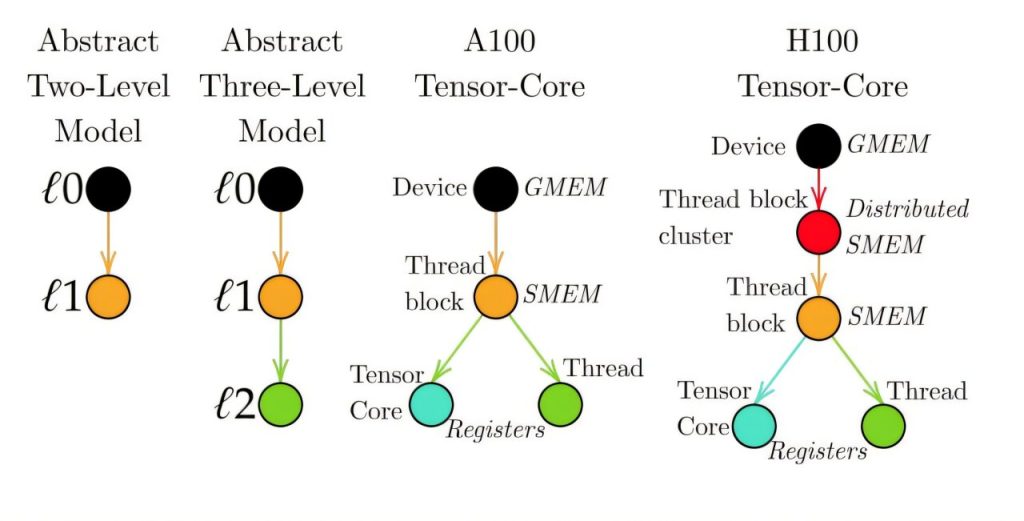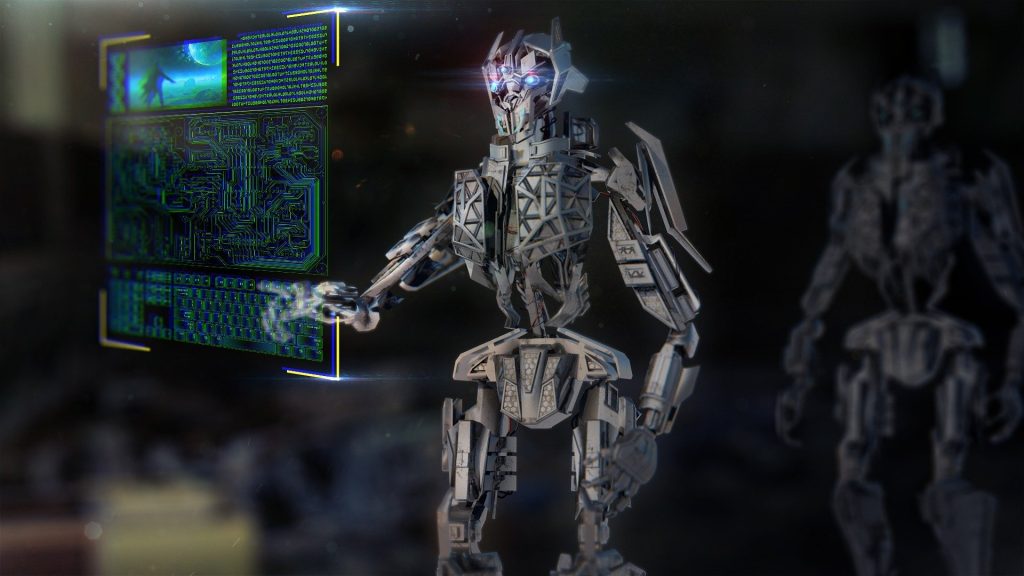Tackling complex interactive systems, whether it’s coordinating transportation in a city or ensuring the components of a robot work smoothly, is a crucial challenge for software designers. Researchers at MIT have come up with a new way to approach these problems, using simple diagrams to improve software optimization in deep-learning models.
The new method simplifies complex tasks so much that they can be represented on a napkin drawing. This innovative approach is detailed in a paper by Vincent Abbott and Professor Gioele Zardini from MIT’s Laboratory for Information and Decision Systems (LIDS).
Zardini explains that they created a new language based on category theory to describe these systems. This unique diagram-based language focuses on the architecture of computer algorithms, emphasizing efficient data exchange, energy usage, and memory consumption.
Deep learning algorithms are at the core of artificial intelligence models like ChatGPT and Midjourney. These models consist of billions of parameters, making optimization crucial for resource usage and efficiency. Diagrams play a key role in representing the operations and relationships in these models, shedding light on software-hardware interactions.
The researchers aim to streamline the process of discovering optimization methods for algorithms like FlashAttention. Their diagram-based framework allows for a more structured and visual approach to solving complex algorithmic challenges, ultimately leading to better performance and resource utilization.
By representing deep-learning algorithms as diagrams, a clearer understanding of their mathematical models is achieved. This visual approach also enables a real-world parallel process representation for multicore GPUs, enhancing the performance of these algorithms.
The new approach, outlined in the paper “FlashAttention on a Napkin,” offers a more efficient way to derive optimizations compared to traditional methods. The ultimate goal is to automate the detection and implementation of improvements in deep-learning algorithms, bridging the gap between software and hardware optimizations.
Overall, this innovative diagram-based language opens up new possibilities for optimized deep-learning models and paves the way for more systematic and efficient algorithm development in the future.



